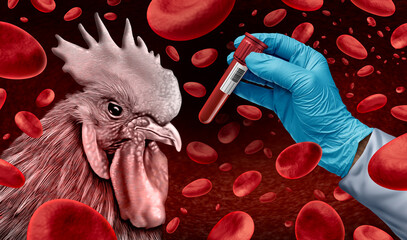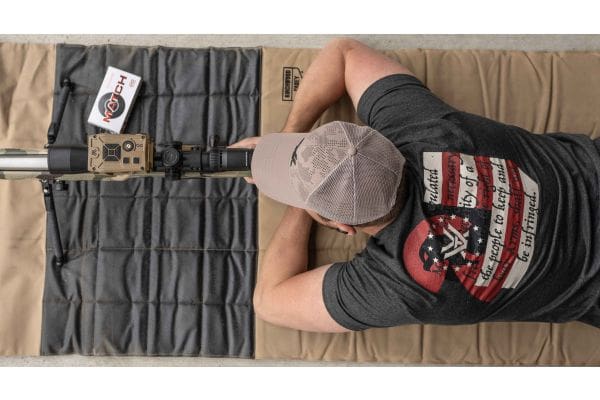The United States has crossed into the mass testing phase for the bird flu. When dairy cows are brought to slaughter, the ruling class will test each one for avian influenza so they can tell the peasants how “widespread” the outbreak has become.
The “authorities” will also be telling the slave class whether or not cooking or aging processes will deactivate the bird flu virus. The renewed focus on the U.S. food chain is the latest front in the effort to combat the infectious bird flu virus, or H5N1, which has triggered alarm bells across the world as a potential future pandemic, according to a report by The Guardian.
This mass testing phase will undoubtedly find a major amount of bird flu virus so the rulers can tell everyone it’s now “widespread” and get the “vaccines” ready for rollout.
Bird Flu Could Be About To Enter The “Mass Testing” Phase
If a sample of meat tests positive for the bird flu, the U.S. Department of Agriculture (USDA) will purchase that carcass in order to conduct more experiments. Such studies could include whether the virus is viable, whether it can replicate in the lab, and determining the temperature at which it can be “killed.”
An earlier survey in May tested 109 muscle samples from cows that showed signs of illness after slaughter, and they found H5N1 particles in one dairy cow. The animal was kept out of the food supply. Another survey sampled ground beef available in stores; none of the meat tested positive.
In preliminary tests, scientists claim that cooking meat will deactivate the virus. Cooking beef to medium (145F/63C) and well done (160F/71C), the virus was not detected. Those internal temperatures have long been recommended by the USDA’s Food Safety and Inspection Service. “If you cook it under those conditions, it should be very safe to eat,” Esteban said.
This new meat study will only be focused on dairy cows, for now.
“In the case of the raw-milk cheese that we tested, none of the samples in the study had viral genomic material, suggesting that the herd producing the milk used to prepare the cheeses was from cows uninfected at the time of milking,” said Steve Grube, chief medical officer for the FDA’s Center for Food Safety and Applied Nutrition. “Thus, no conclusions can be drawn about whether the production and aging of cheeses made from unpasteurized milk is sufficient to inactivate the virus.”
Read the full article here




